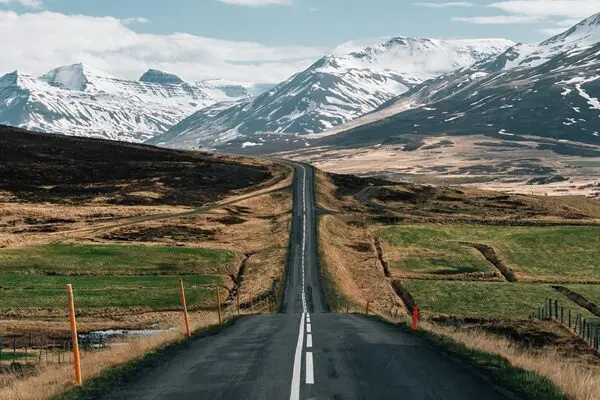Craft Your Perfect Vacation in Iceland
Ready for Iceland?
Planning a vacation in Iceland? We make it easy. With our locally rooted travel services, you can explore the best of Iceland on your own terms. Take the wheel with our flexible self-drive tours and uncover breathtaking landscapes at your own pace. Whether you’re cruising along the Ring Road or heading into the Highlands, we offer a wide range of rental cars – from compact city rides to sturdy 4x4s built for Iceland’s wild backroads.
Rest easy in handpicked accommodations, from snug countryside guesthouses to comfortable hotels across the island. Want to dive deeper? Join small-group day tours led by local guides who bring Iceland’s culture and natural wonders to life with insider knowledge you won’t find in a guidebook.
Let us help you plan a personal, authentic, and unforgettable journey that fits your travel style. Your Iceland adventure starts here!
Unlock More with Additional Iceland Travel Services
Here at Nonni Travel, we go beyond the ordinary to deliver travel services that turn your visit to Iceland into something truly memorable. As a trusted DMC based in Iceland, we’re proud to offer tailor-made journeys that reflect the spirit of our land and the interests of every kind of traveler.
Looking for more than just the usual sights? We’ve got you covered. From expertly guided tours and smooth ship handling services to immersive multiday travel packages, our dedicated team ensures your trip runs effortlessly from start to finish. With deep local knowledge, we’ll take you beyond the tourist trails—straight to Iceland’s hidden gems and breathtaking natural wonders.
Whether you’re planning your own getaway or organizing travel for clients, you’ll find everything you need with us, from fully customized itineraries to carefully curated ready-made tours. At Nonni Travel, we bring Iceland closer, with experiences shaped around you.
Plan Your Stay in Iceland
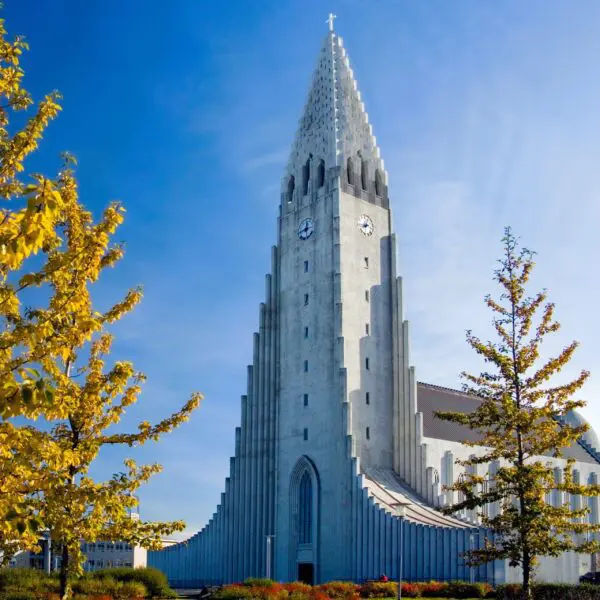
Reykjavik
Reykjavík, Iceland’s capital, is a great place to begin your journey. The city combines modern life and natural beauty in a way that feels relaxed and inspiring. Wander through colourful streets, visit landmarks like Hallgrímskirkja Church and the Sun Voyager sculpture, or unwind at the Sky Lagoon with views over the North Atlantic. Harpa, the city’s glass-fronted concert hall, Perlan’s observation deck, and exhibitions are also well worth visiting.

South Coast
The South Coast is a must-see destination during your vacation in Iceland. It’s packed with natural beauty, from the impressive Seljalandsfoss and Skogafoss waterfalls to the unique black-sand beaches of Reynisfjara. The region offers stunning landscapes, with highlights like the massive Vatnajökull glacier and the spectacular Jokulsarlon Glacier Lagoon, where icebergs drift peacefully in the water.
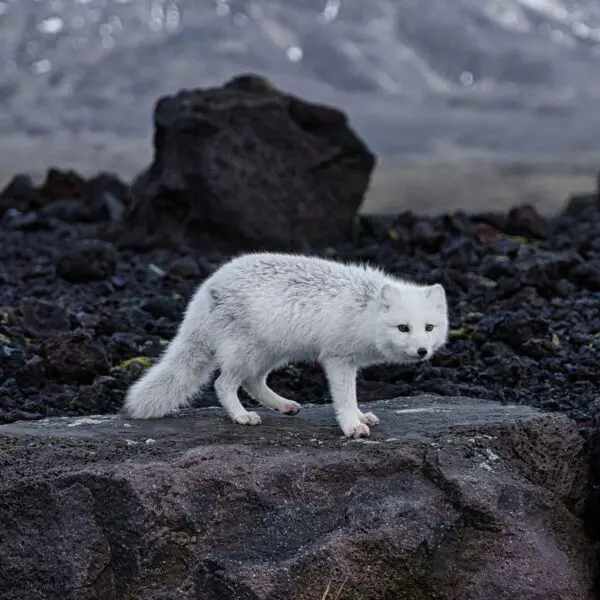
Westfjords
The Westfjords offer a peaceful retreat, away from the usual tourist paths. With towering cliffs, deep fjords, and rich wildlife, this remote region is a haven for nature enthusiasts. You’ll find seals, Arctic foxes, and seabirds, making it a perfect spot to experience Iceland’s untouched beauty in solitude.
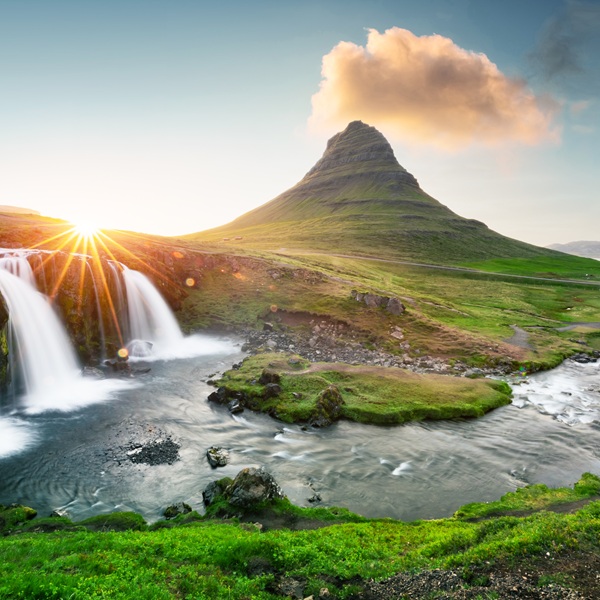
Snaefellsnes Peninsula
The Snæfellsnes Peninsula is one of Iceland’s most captivating destinations, offering a variety of landscapes to discover. This region has everything from the famous Snæfellsjökull glacier, which inspired Jules Verne’s Journey to the “Center of the Earth”, to its black sand beaches, volcanic craters, and quaint fishing villages. Whether you’re hiking, birdwatching, or simply enjoying the stunning coastal views, the Snæfellsnes Peninsula is an unforgettable part of any trip to Iceland.
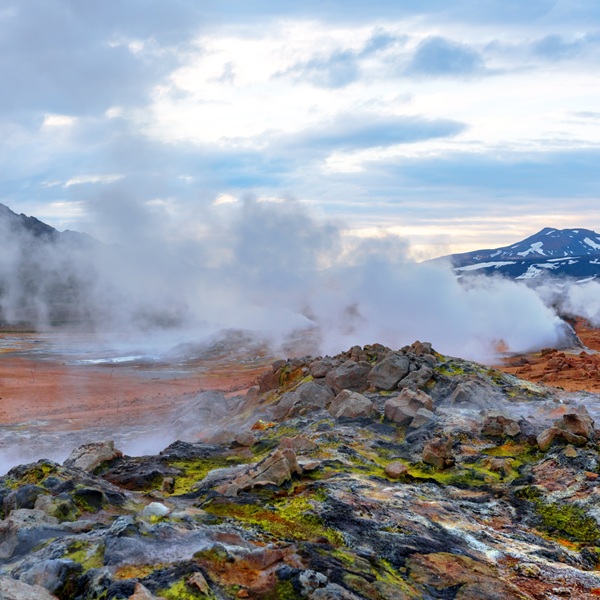
North Iceland
North Iceland is a place that feels like it’s straight out of a dream. It’s got everything – from the stunning Godafoss waterfall to the volcanic landscapes around Lake Myvatn. You’ll find charming little towns, with Akureyri being the largest and most lively. It’s a great spot for a taste of Icelandic culture and an excellent base for adventures like whale watching. Whether you’re looking to explore the wild nature or relax in the quiet beauty, North Iceland is a spot that’ll stay with you long after you leave.
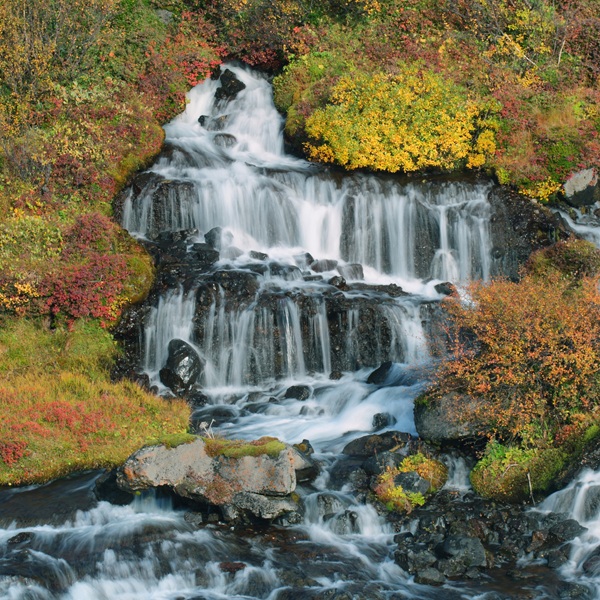
West Iceland
West Iceland is a perfect mix of dramatic landscapes and fascinating history. One of the most popular places is the Borgarfjordur area, which has serene beauty and includes the stunning Hraunfossar and Barnafoss waterfalls. For anyone interested in Iceland’s Viking past, the Settlement Center offers a deep dive into the region’s heritage. Between the relaxing geothermal springs, picturesque villages, and awe-inspiring views, West Iceland promises a peaceful yet adventurous escape that captures the true spirit of Iceland.
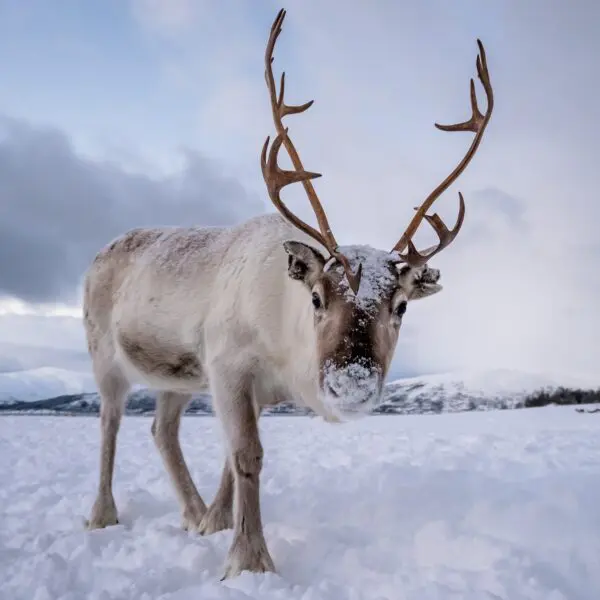
Eastfjords
The Eastfjords offer a quieter side of Iceland that many visitors miss — and that’s part of the charm. This region is known for its dramatic fjords, steep mountain slopes, and small fishing villages that hold onto a slower, more traditional way of life. Seyðisfjörður is one of the most scenic towns, nestled between mountains with colorful old wooden houses and a strong sense of local culture. It’s not uncommon to spot reindeer roaming freely or catch sight of puffins along the coast during the summer months. With fewer tourists and untouched landscapes, the Eastfjords are perfect for those exploring Iceland’s raw beauty in peace.
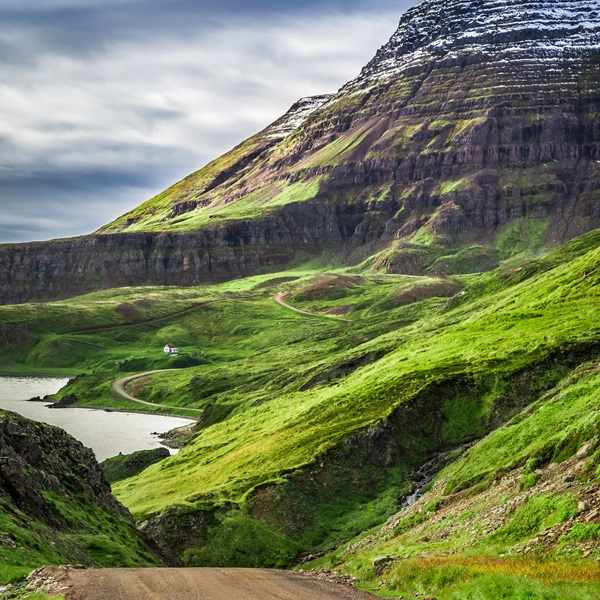
Hornstrandir & Strandir
Hornstrandir and Strandir are two of Iceland’s most remote and untouched regions, tucked away in the far northwest. Hornstrandir, a protected nature reserve at the edge of the Westfjords, is known for its towering cliffs, sweeping views, and rich birdlife. With no roads and little sign of human presence, it’s a true haven for hikers and anyone looking to experience Icelandic wilderness in its purest form. Just south, Strandir offers a different kind of stillness — a rugged coastline dotted with small, weathered villages, natural hot springs, and stories of old Icelandic folklore. These areas are ideal for travelers who want to step off the beaten path and see a quieter, more authentic side of Iceland.
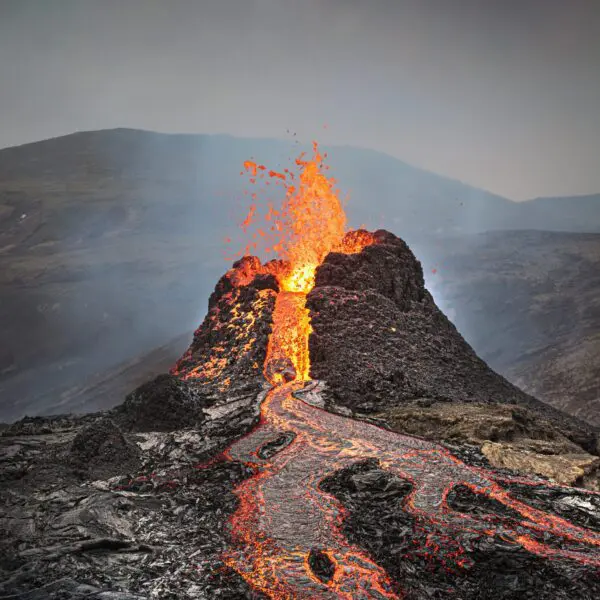
Reykjanes Peninsula
The Reykjanes Peninsula is often overlooked, but it’s one of the most fascinating regions in Iceland. Shaped by powerful geothermal forces, the landscape is raw, rugged, and unlike anywhere else. Just a short drive from Reykjavík, you’ll find the Blue Lagoon — a naturally heated spa known for its milky-blue waters and mineral-rich mud, perfect for unwinding after a flight or road trip. Beyond the lagoon, Reykjanes is full of volcanic craters, steaming hot springs, black lava fields, and dramatic cliffs along the coast. With Keflavík International Airport right in the area, it’s not just a gateway to Iceland — it’s a destination in its own right, offering a unique mix of relaxation and adventure from the moment you arrive.
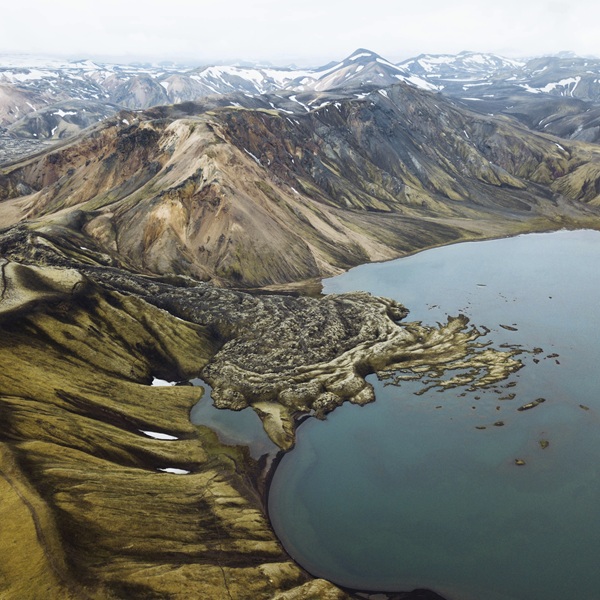
Highlands
The Highlands of Iceland offer a secluded and breathtaking escape that is famous for rugged terrain, wide lava fields, volcanic deserts, hot springs, and colorful mountains. This is a true paradise for adventure seekers. Iconic spots like Landmannalaugar, vibrant rhyolite peaks, and the striking Thorsmork Valley are among the highlights. Accessible only in the summer, the Highlands provide an unforgettable journey into Iceland’s untouched heart.
We’re Just a Message Away
We can’t wait to help you plan the perfect vacation in Iceland! If you’re dreaming of a self-drive adventure, our team of local travel experts is here to ensure your trip is unforgettable. To make the process easier, we’ve attached a travel planner form below—fill it out with your preferences, and we’ll tailor your itinerary to suit your needs. Feel free to reach out if you have any questions or need further assistance. We’re here to help and look forward to creating a fantastic Icelandic experience for you!
Iceland Essentials: Key Facts and Must-Know Information
This small island in the Northern Atlantic Ocean is an incredible place that feels like a dream. A vacation in Iceland is an adventure you won’t forget, with landscapes that are nothing short of otherworldly. The country is packed with natural wonders, from volcanoes and glaciers to waterfalls and geothermal hot springs. Whether you love outdoor activities or want to disconnect and soak in the beauty, Iceland has something special for you.
Reykjavik, the capital, sits southwest of the island, just south of the Arctic Circle. Despite the name, Iceland is greener than most expect, especially along the coast. The Gulf Stream helps keep the weather milder than you might think, so you’ll find lush meadows, black sand beaches, and, yes, even hot springs tucked away in the landscape. Of course, glaciers and volcanoes are still very much part of the scenery, making it feel like another world entirely.
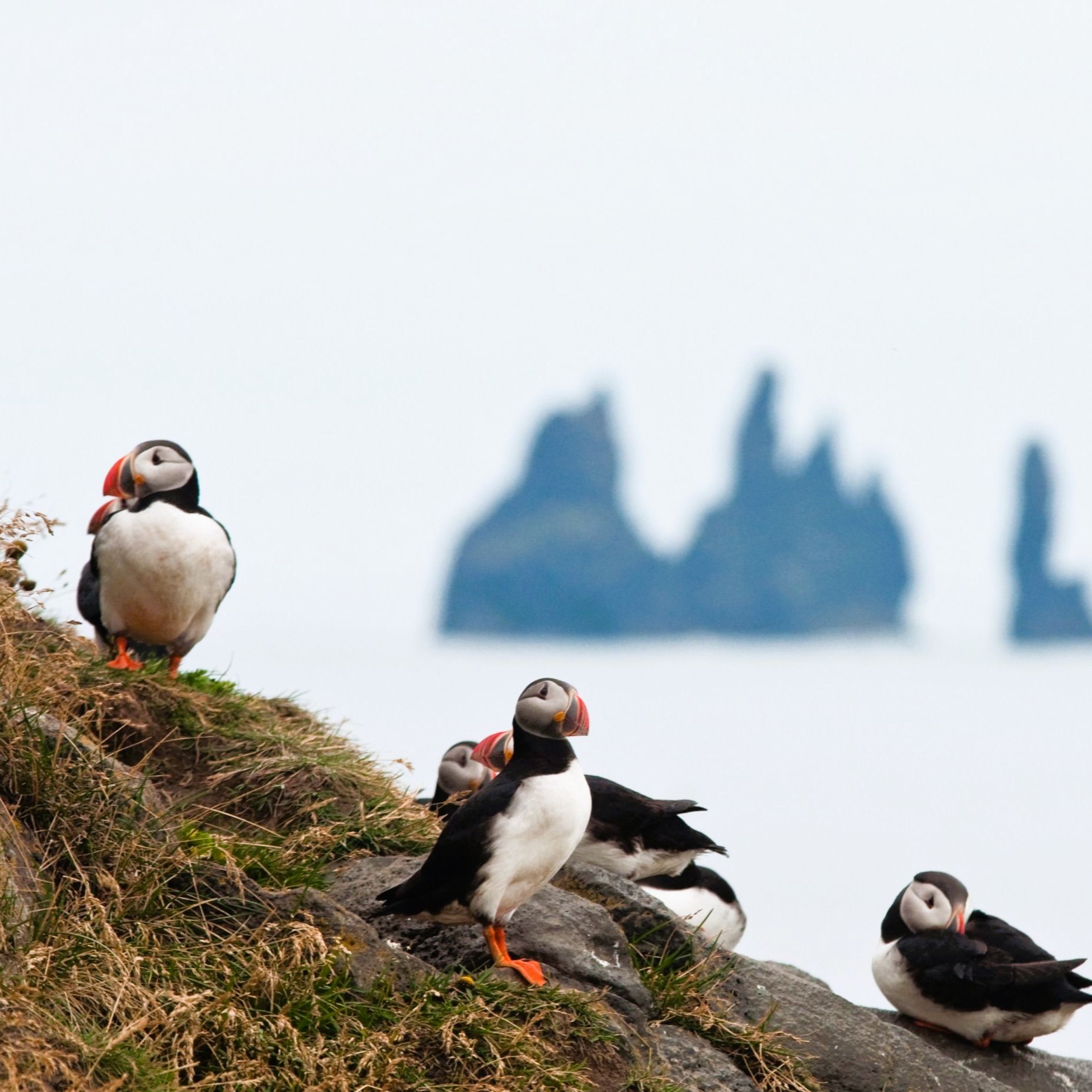
When planning your vacation in Iceland, the best time to visit depends on what kind of experience you’re after. Summer, from June to August, is the busiest season because of the warmer weather and nearly 24 hours of daylight. The sun barely sets, so you’ll have more time to explore and take in the stunning greenery. And if you’re lucky, you can witness the Midnight Sun, where the sky stays bright well into the night.
On the flip side, winter in Iceland has its kind of magic. From November to February, the days are short, but that means longer nights to enjoy the Northern Lights. Winter is the perfect time to visit if you’re into ice caves, glacier hikes, or love the sight of snow-covered landscapes. It’s peaceful, quiet, and the country feels even more raw and beautiful when blanketed in snow.
As for culture, Icelanders are incredibly proud of their Viking heritage. The language many of us still speak hasn’t changed much since the Viking Age. It’s a living connection to the past, and Icelandic sagas, folklore, and history are woven into everyday life. The people here are a bit like the land—tough but warm and always connected to nature.
Iceland has a rich history, starting with the Norse settlers who arrived in the 9th century. Over the centuries, we’ve developed a unique identity, influenced by Scandinavian roots and our isolation from the rest of Europe. We became independent from Denmark in 1944, and since then, Iceland has been growing into one of the world’s most environmentally conscious and forward-thinking countries.
Living here, you can’t help but develop a deep respect for the environment. Icelanders have always been in tune with nature, which shows in everything we do, from our reliance on clean, renewable energy to the sustainable way we approach food and resources. Iceland is powered by geothermal and hydroelectric energy, making us one of the cleanest energy producers in the world. We take our environment seriously, and we’re proud of it.
Speaking of food, Icelandic cuisine is all about using what the land and sea provide. Fresh seafood, lamb, and dairy are staples. One dish you might want to try, if you’re feeling adventurous, is hákarl—fermented shark. You’ll love or hate it, but it’s an authentic Icelandic tradition. Other favorites include hearty lamb stew, skyr (like a thick yogurt), and fish dishes like cod, salmon, and herring. The food scene here is growing, focusing on local and sustainable ingredients, and you’ll find some great restaurants serving modern takes on traditional dishes.
A vacation in Iceland is about more than just seeing the sights—it’s about connecting with the land and the people. There’s something about the landscapes that makes you feel both small and, at the same time, part of something bigger. Whether hiking on a glacier, relaxing in a hot spring, or chasing the Northern Lights, Iceland will stay with you long after you leave. It’s a place that’s raw, beautiful, and full of stories—and I can promise, it will leave a mark on your soul.
Most Common Questions About Vacation in Iceland
When is the best time to visit Iceland for a vacation?
The best time to vacation in Iceland depends on what you want to experience. June through August offers mild weather, long daylight hours, and access to the highlands. For the Northern Lights, visit between late September and early April when the skies are darker and conditions are right.
How many days do you need for a vacation in Iceland?
A 7 to 10-day vacation gives you enough time to explore highlights like the Golden Circle, South Coast, Reykjavík, and possibly Snæfellsnes or the North. Shorter trips can still be rewarding, mainly if you focus on a single region.
What are the must-see places on a vacation in Iceland?
Key attractions include Thingvellir National Park, Gullfoss Waterfall, Geysir, Jökulsárlón Glacier Lagoon, Skógafoss, and the Blue Lagoon. The Snæfellsnes Peninsula, Mývatn, and Vík are also favorites among both locals and visitors.
Is Iceland expensive for tourists?
Yes, Iceland is known for being expensive, especially when it comes to dining, fuel, and accommodations. That said, many of Iceland’s best experiences—waterfalls, hot springs, and hiking trails—are free to enjoy. Budget travelers can save by opting for self-catering, camping, and shopping at local grocery stores.
What’s the best way to get around Iceland?
For most visitors, renting a car is the best way to explore Iceland, especially outside of Reykjavík. It gives you flexibility and access to remote sites. In winter, a 4×4 vehicle is recommended due to the challenging weather conditions. There are also buses and guided tours available for those who do not drive.
Do I need to worry about driving in Iceland?
Driving in Iceland is generally safe, but the weather can change fast. Roads in rural areas may be gravel or narrow, making them challenging to navigate. Always check road.is and safetravel.is before heading out. In winter, be aware of icy roads and strong winds, especially in open areas.
Can I see the Northern Lights on vacation in Iceland?
Yes! The Northern Lights (Aurora Borealis) are visible in Iceland from late September to early April, depending on solar activity and cloud cover. Get away from city lights, check the aurora forecast, and keep an eye on clear night skies.
What should I pack for a trip to Iceland?
Regardless of the season, bring layered clothing, a waterproof jacket, hiking shoes, a hat and gloves, and a swimsuit for hot springs. Weather in Iceland can change quickly, so being prepared is essential.
Are there hot springs in Iceland besides the Blue Lagoon?
Yes, Iceland is full of natural hot springs and geothermal pools, many of which are less crowded and more budget-friendly than the Blue Lagoon. Popular alternatives include Mývatn Nature Baths, Sky Lagoon, Secret Lagoon, and Landmannalaugar in the highlands.
Is Iceland a good destination for families?
Iceland is a very family-friendly destination, offering safe cities, child-friendly tours, and a plethora of outdoor activities, including horseback riding, glacier walks, and whale watching. Most hotels and restaurants are welcoming to children.
Can I visit Iceland in winter?
Yes, winter in Iceland has its own magic. You can explore ice caves, see the Northern Lights, visit frozen waterfalls, and enjoy fewer crowds. Be prepared for limited daylight (approximately 4–6 hours in midwinter) and occasionally challenging weather conditions.
Do people speak English in Iceland?
Yes. English is widely spoken across Iceland, especially in the tourism industry. Locals also speak Icelandic, but you’ll have no trouble communicating in English in restaurants, hotels, and with tour operators.
What types of food should I try in Iceland?
Try local specialties like lamb, fresh Arctic char, rye bread baked in geothermal heat, and skyr (a thick Icelandic yogurt). Adventurous eaters can sample traditional dishes like a fermented shark (hákarl) or sheep’s head—though these are mostly cultural curiosities today.
Is it possible to drive the Ring Road in Iceland year-round?
Yes, it’s possible to drive Iceland’s Ring Road (Route 1) all year, but conditions vary by season. In summer, the road is typically clear and accessible, making it ideal for a full-circle trip. In winter, the Ring Road remains open in most areas; however, snow, ice, and strong winds can impact travel, particularly in the east and north. Always check road and weather conditions daily, allow extra time, and consider a 4×4 vehicle for added safety.

